Could this policy tweak revolutionize the Fed?
The case for a price level target


Has the Federal Reserve been doing monetary policy all wrong? A gaggle of prominent Fed officials seem to think so.
John Williams, the president of the Fed's San Francisco branch, and one of the officials who regularly votes on monetary policy, is suggesting a move to something called "price level targeting." Eric Rosengren, the president of the Boston Fed branch, recently put together a presentation recommending the same. Back in October, none other than former Fed Chair Ben Bernanke also promoted the idea, albeit with a few caveats.
This kind of debate sounds incredibly wonky — and it is. But it's also potentially revolutionary.
The Week
Escape your echo chamber. Get the facts behind the news, plus analysis from multiple perspectives.

Sign up for The Week's Free Newsletters
From our morning news briefing to a weekly Good News Newsletter, get the best of The Week delivered directly to your inbox.
From our morning news briefing to a weekly Good News Newsletter, get the best of The Week delivered directly to your inbox.
The Fed manages the economy by adjusting interest rates up and down in order to meet its dual mandate: to maximize employment and to keep prices stable. To fulfill the latter obligation, over the last several decades the Fed has explicitly targeted an inflation rate of 2 percent. In theory the Fed is supposed to tolerate inflation going above that rate for a time; it's just the average the Fed wants to hit over the long term.
Of course, to know how fast prices are growing, you first have to know where they are. Government analysts regularly calculate this by going out into the economy and gathering data on how much all sorts of different goods and services cost, and then aggregating them into a final measure. That's the price level.
Under price level targeting, the Fed would stop shooting for its 2 percent inflation target, at least explicitly. Instead it would state what price level it wants to hit in a given year, and then adjust interest rates and other policy accordingly.
Now, that might not sound so revolutionary. After all, you could still build an implicit inflation rate into your targeting. For example, if each price level target is 2 percent higher than the previous year's, you're effectively still targeting 2 percent inflation.
A free daily email with the biggest news stories of the day – and the best features from TheWeek.com
But here's the key difference: If prices wind up below the Fed's target, then the Fed would need to apply more monetary stimulus the next year to make up the shortfall. If that requires inflation to go well above 2 percent until the Fed is hitting its price level targets again, then so be it. Furthermore, by making its price level targets public, the Fed would be credibly promising that stimulus to markets, investors, and all other economic actors, who could then plan accordingly.
Again, it's a technical tweak. But it could be incredibly important when it comes to fighting the next recession.
This is what Bernanke and the other supporters of price level targeting zero in on. Because the Fed usually slashes interest rates by 4 or 5 percentage points when a recession hits, it likes to prepare for a downturn by keeping interest rates at 4 or 5 percent in normal times. But this is becoming increasingly impossible to do.
Interest rates have been historically low for years. With the 2008 crisis, the Fed found itself cutting interest rates all the way to zero, and it still didn't stimulate the economy nearly enough. After years of keeping interest rates at that floor, the Fed has finally begun lifting them again. But they're only at 1.5 percent today, and getting back to 4 or 5 percent remains a distant and improbable goal. The central bank likely won't have nearly as much room to cut interest rates and boost the economy when the next recession arrives.
But if the Fed can't cut rates any lower, it might still be able to boost the economy by credibly promising to keep them at 0 for longer. Bernanke and the others see price level targeting as the means to that end.
Not everyone is on board with this idea. Lael Brainard, another Fed official who votes on monetary policy, worries that price level targeting could effectively work too well. By de-prioritizing inflation, the Fed could lose control of inflation expectations throughout the economy, and thus lose control of inflation itself.
It's an interesting theory, but I have my doubts. The biggest concern with price level targeting isn't that it would do too much, but too little.
Remember: The Fed is already able to allow inflation to rise above 2 percent, at least temporarily. Yet it chooses not to. Instead the central bank has chronically failed for years to even let inflation get close to its target, much less rise above it. This suggests the Fed's biggest problem isn't mechanical, but cultural. Of the two responsibilities in its mandate, the Fed is far more concerned with keeping inflation low than employment high.
You can easily imagine a world in which the Fed continues this trend in price level targeting. Say the Fed is setting its price level target for 2018. Should that target be 2 percentage points above what the real price level was in 2017? Or should it be 2 percentage points above what its target for 2017 was?
If it chooses the former option, the Fed would basically be treating price level targeting exactly the same way it now treats its inflation target, rendering the switch essentially meaningless. Given the culture at the Fed, I'm afraid this choice is all too likely.
I still believe changing the Fed's target to something more comprehensive than the inflation rate makes sense. After all, if something's broken, you might as well try to fix it.
But the central bank's biggest problem isn't a failure of policy frameworks. It's a far simpler failure of nerve.
Jeff Spross was the economics and business correspondent at TheWeek.com. He was previously a reporter at ThinkProgress.
-
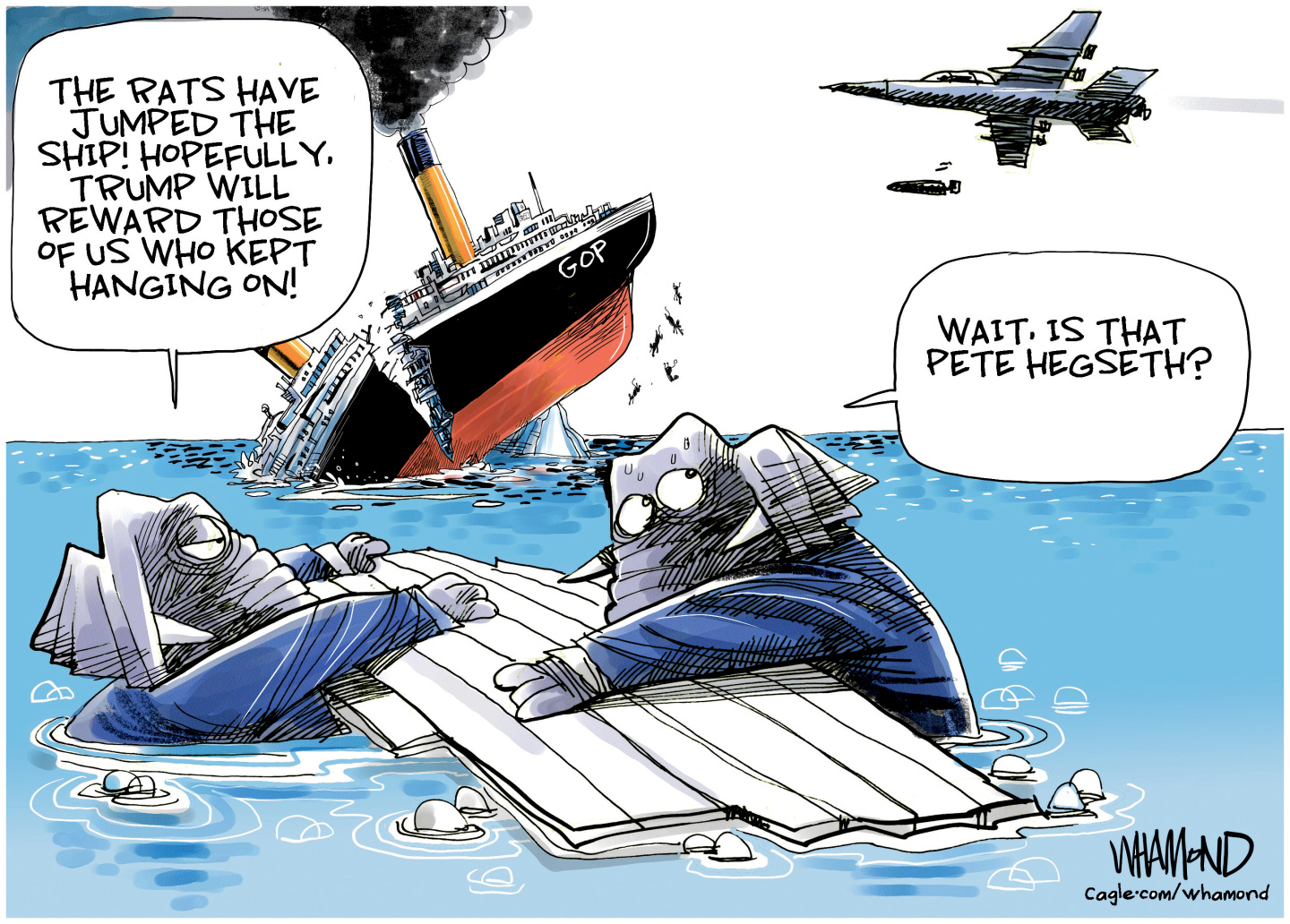 Political cartoons for December 20
Political cartoons for December 20Cartoons Saturday’s political cartoons include drowning rats, the ACA, and more
-
 5 fairly vain cartoons about Vanity Fair’s interviews with Susie Wiles
5 fairly vain cartoons about Vanity Fair’s interviews with Susie WilesCartoon Artists take on demolition derby, alcoholic personality, and more
-
 Joanna Trollope: novelist who had a No. 1 bestseller with The Rector’s Wife
Joanna Trollope: novelist who had a No. 1 bestseller with The Rector’s WifeIn the Spotlight Trollope found fame with intelligent novels about the dramas and dilemmas of modern women
-
 The pros and cons of noncompete agreements
The pros and cons of noncompete agreementsThe Explainer The FTC wants to ban companies from binding their employees with noncompete agreements. Who would this benefit, and who would it hurt?
-
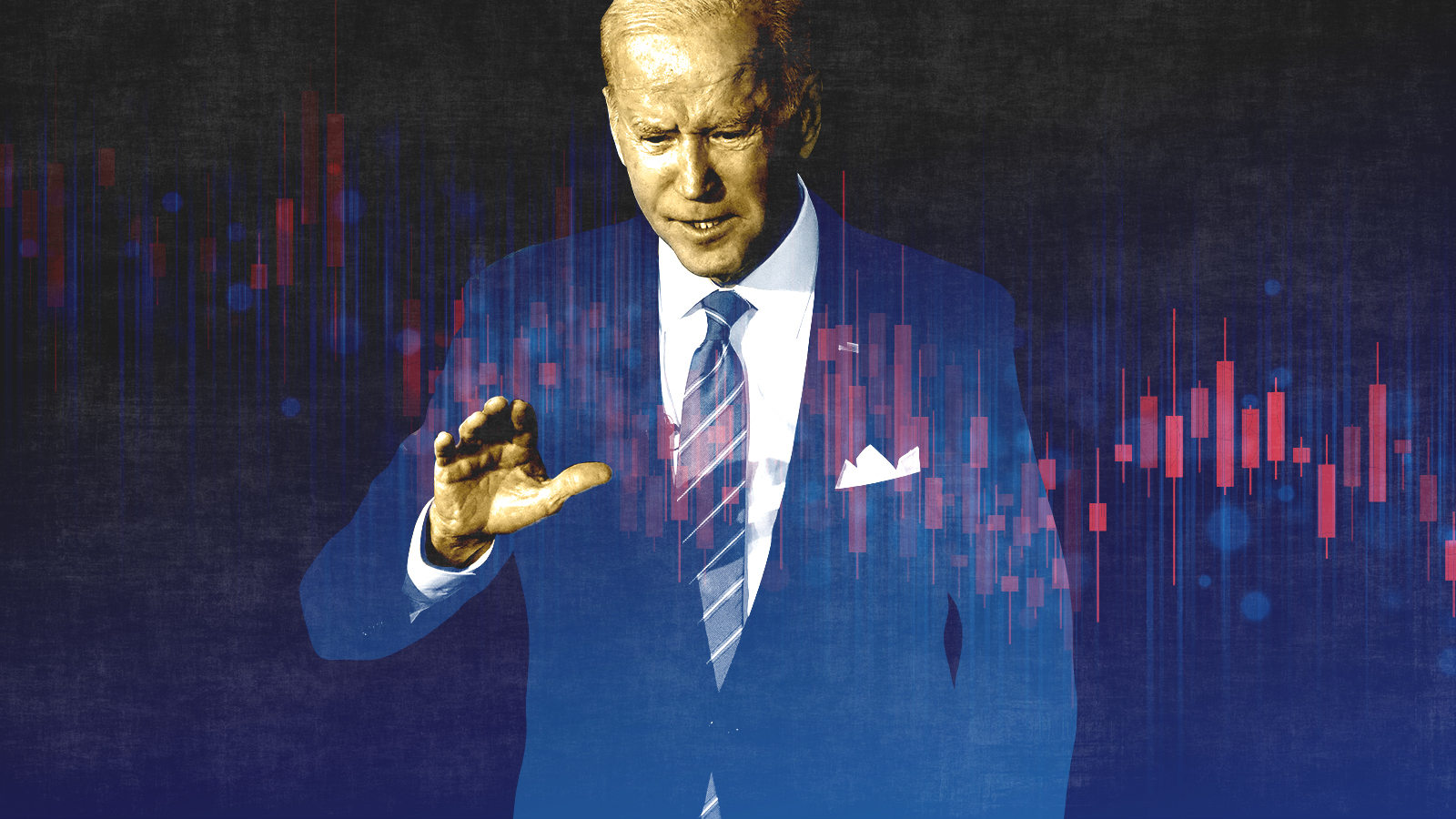 What experts are saying about the economy's surprise contraction
What experts are saying about the economy's surprise contractionThe Explainer The sharpest opinions on the debate from around the web
-
 The death of cities was greatly exaggerated
The death of cities was greatly exaggeratedThe Explainer Why the pandemic predictions about urban flight were wrong
-
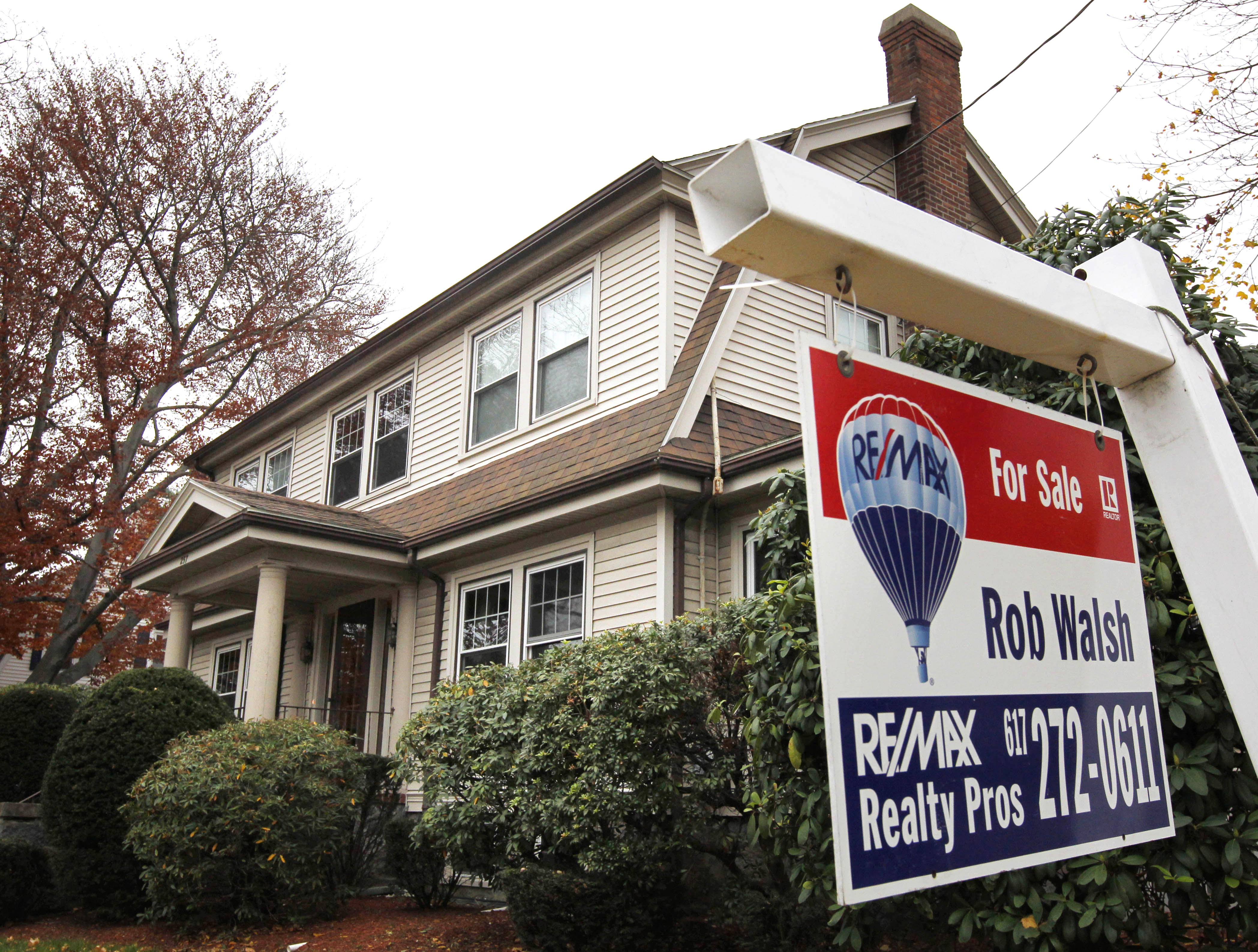 The housing crisis is here
The housing crisis is hereThe Explainer As the pandemic takes its toll, renters face eviction even as buyers are bidding higher
-
 How to be an ally to marginalized coworkers
How to be an ally to marginalized coworkersThe Explainer Show up for your colleagues by showing that you see them and their struggles
-
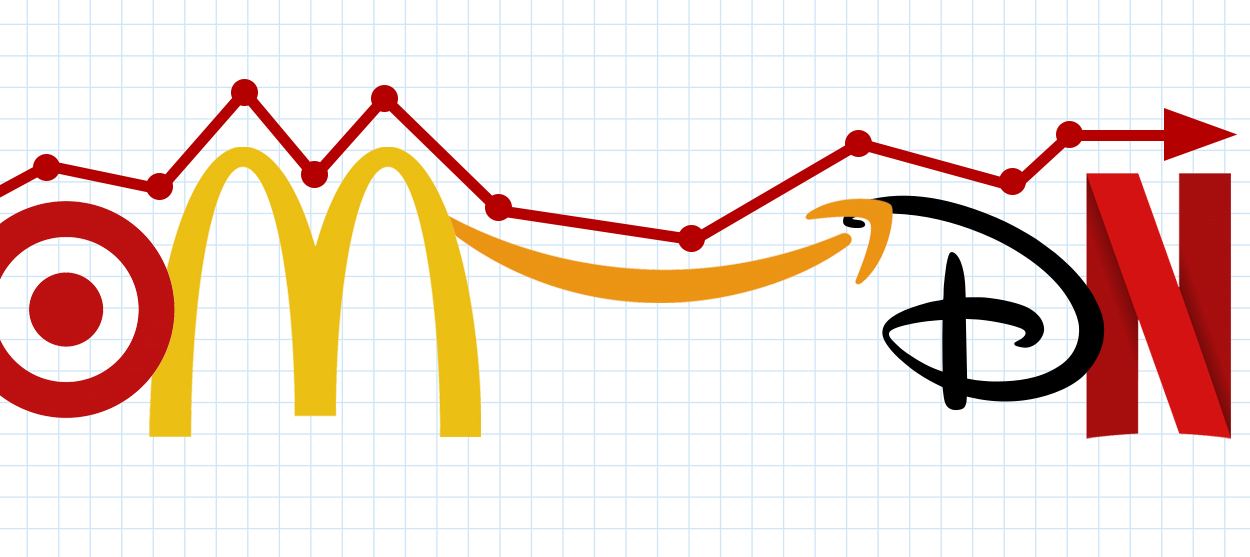 What the stock market knows
What the stock market knowsThe Explainer Publicly traded companies are going to wallop small businesses
-
 Can the government save small businesses?
Can the government save small businesses?The Explainer Many are fighting for a fair share of the coronavirus rescue package
-
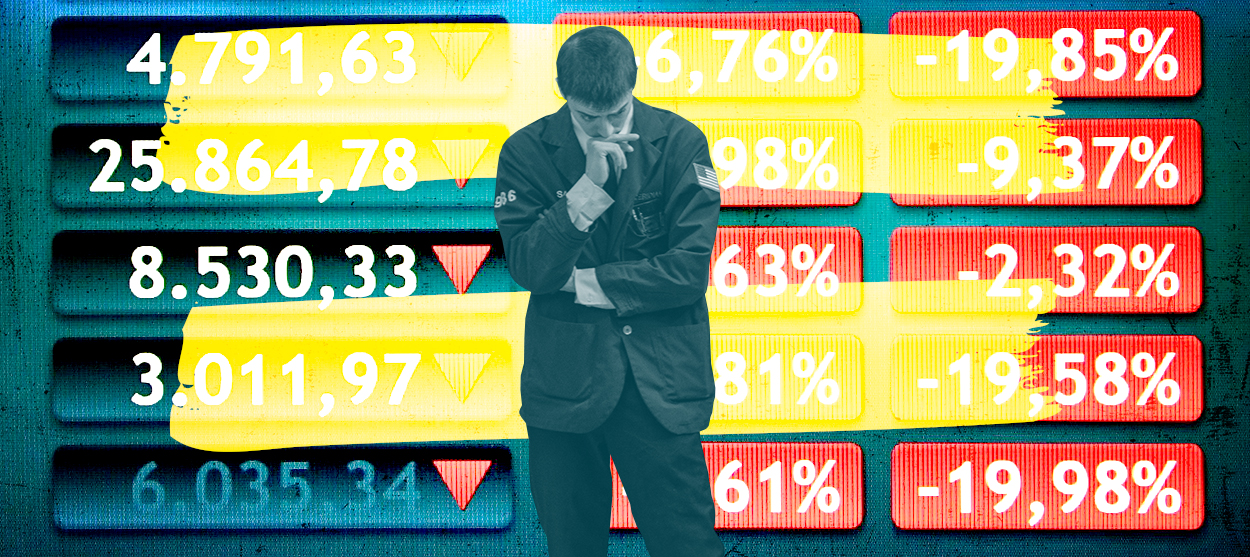 How the oil crash could turn into a much bigger economic shock
How the oil crash could turn into a much bigger economic shockThe Explainer This could be a huge problem for the entire economy
